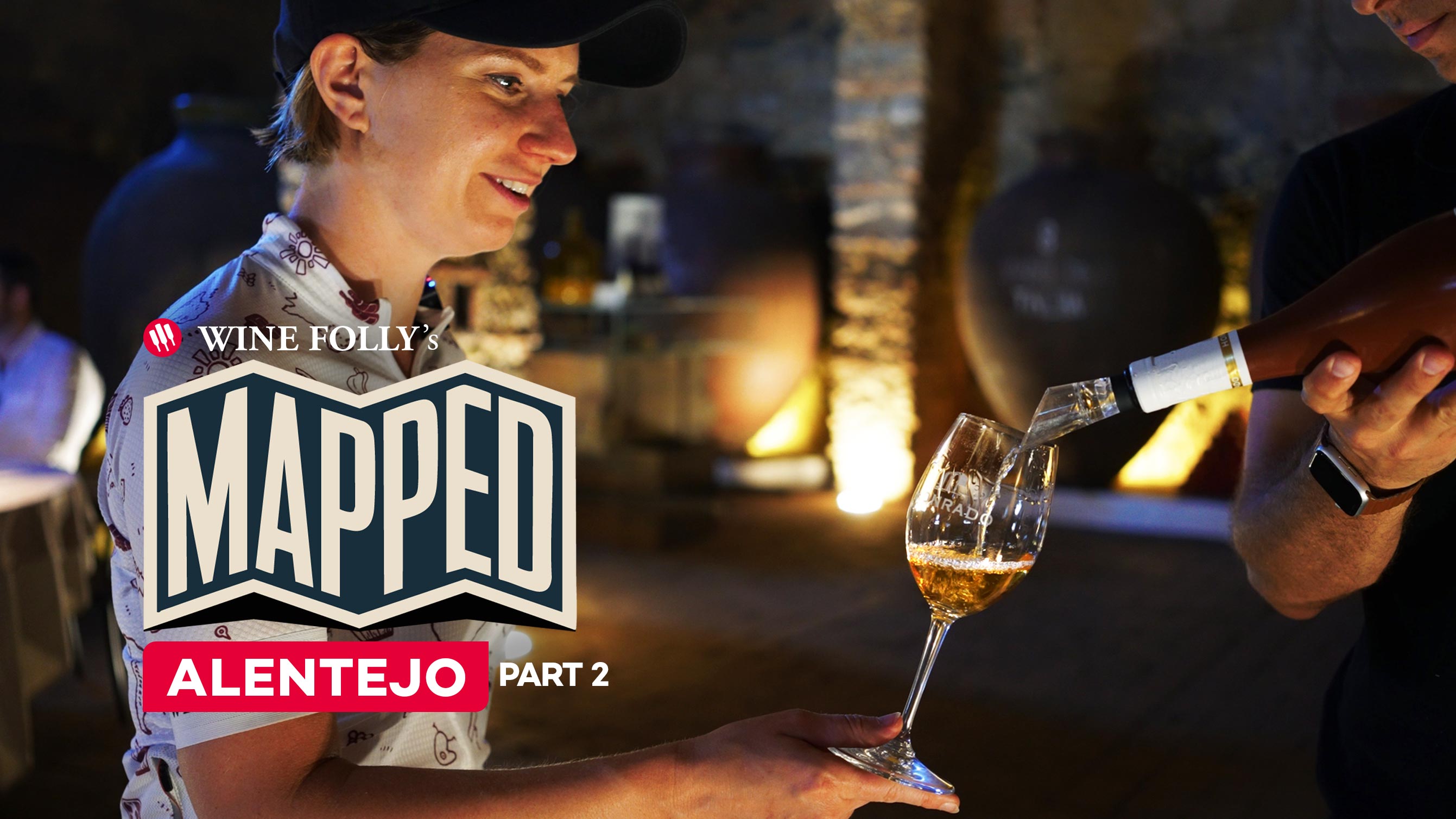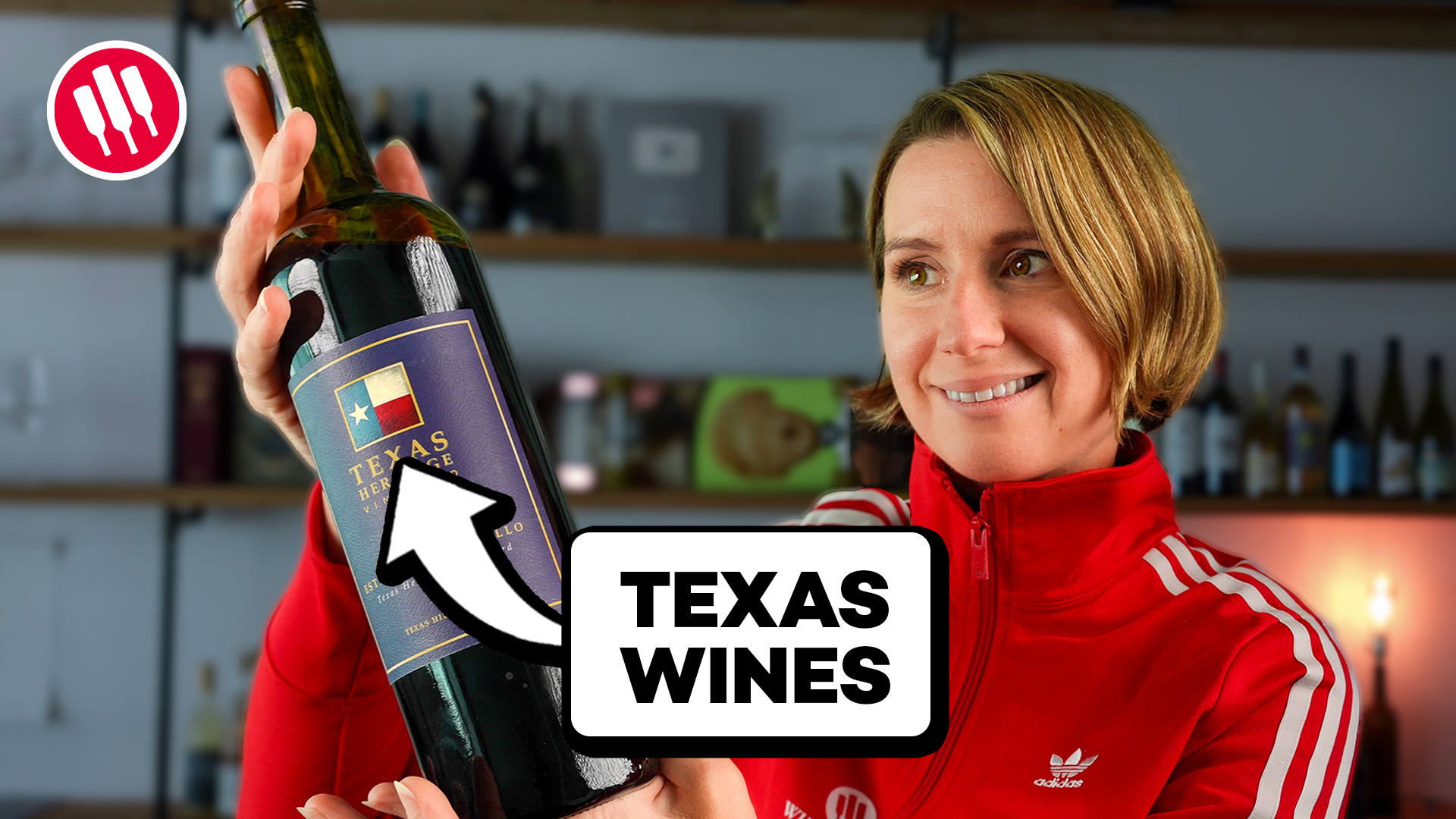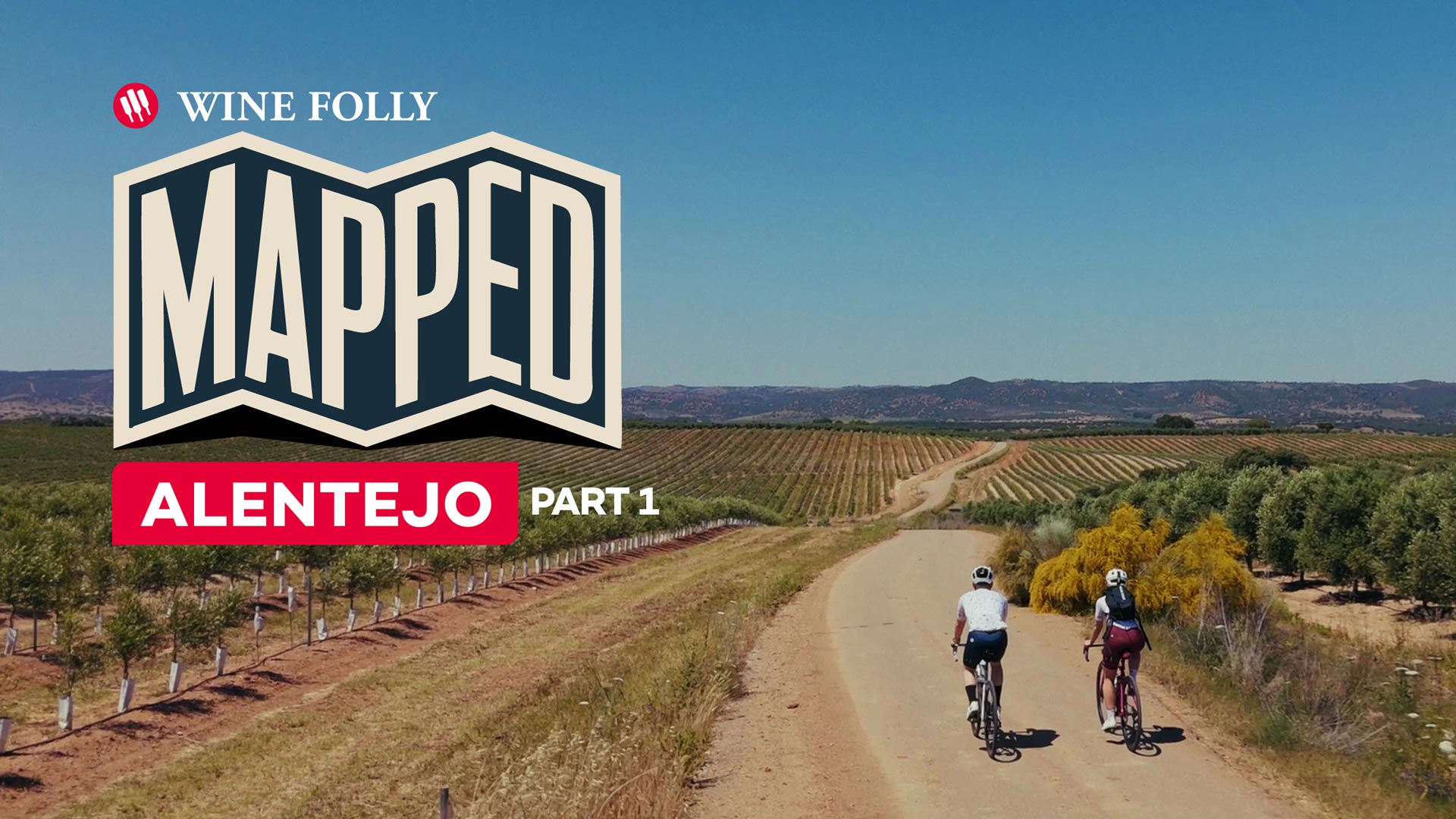Are You Missing These Key Wine Flavors?
Did you know that wine tasting can boost your brainpower? It's true! In this video, Madeline Puckette of Wine Folly dives into the science behind wine aromas and how training your sense of smell and taste can sharpen your mental agility. Whether you're a beginner or a seasoned enthusiast, you'll discover why wine smells the way it does and how to pick out those aromas like a pro. Plus, join Madeline on a surprise field trip to a winery where she puts her skills (and nose) to the test!
Wine Aromas: There's More Than Just Grapes in Your Glass
Wine is more than fermented grape juice — it’s an explosion of aromas! As wine ferments and ages, thousands of compounds form, creating scents that can remind you of strawberries, chocolate, or even green bell pepper. It’s not just your imagination — these scents come from real chemical compounds that develop over time.
Impact Compounds: The Key to Blind Tasting
Ever smelled black pepper, coconut, or even kerosene in wine? These are examples of “impact compounds,” specific aroma molecules strongly associated with certain wines or winemaking processes. Here are a few to remember:
- Rotundone: Found in red wines like Syrah and Grenache, giving black pepper notes.
- Pyrazines: Responsible for green bell pepper aromas in Cabernet Sauvignon and Sauvignon Blanc.
- TDN: The compound behind the petrol-like scent in aged Rieslings.
- Cis-Oak Lactone: Found in wines aged in American oak barrels, imparting coconut and dill aromas.
A Sensory Adventure: Field Trip to a Winery
To put theory into practice, Madeline takes us on a field trip to Silver Oak Winery. Here, she explores their American oak barrels, which contribute unique aromas like vanilla and coconut to their wines. She even uncovers how barrel toasting levels influence these flavors.
During her tasting session, Madeline identifies key impact compounds like pyrazines (green peppercorn) and beta-ionone (violet florals) — key clues that help reveal what's in the glass.
How to Train Your Nose and Taste Buds
Building your aroma skills doesn’t happen overnight, but here’s how you can start:
- Use a bowl-shaped glass to collect and concentrate aromas.
- Swirl the wine to release its smells.
- Close your eyes and take slow, deliberate sniffs to focus on individual scents.
And don’t stress if you don’t get it all right away—wine tasting is like a muscle; the more you use it, the stronger it gets!
The Science Behind It
Here’s where things get wild: Studies show that professional sommeliers actually have more gray matter in their brains, specifically in the entorhinal cortex (which controls memory and navigation). Basically, training your sense of smell is like giving your brain a workout—so consider that next tasting session a form of self-improvement!
Your Challenge: Can You Identify These Aromas?
Next time you try a glass of wine, be it red or white, take your time and try to identify 5 individual aromas. (By the way, this is much easier in higher-quality wines with added complexity.)
Join the Journey
Wine is more than just a drink — it’s science, art, and adventure all rolled into one! Whether you’re swirling at home or exploring wineries, there’s always more to discover.
Related Videos

The Clay Revolution in Alentejo

Guide to Texas Hill Country Wine
